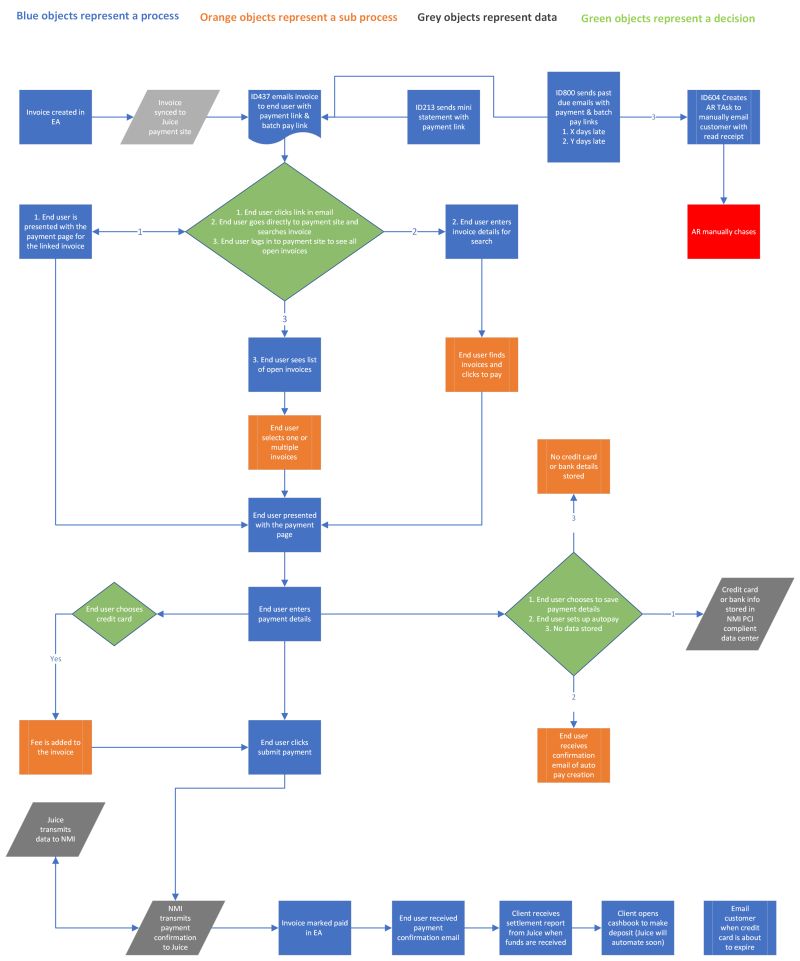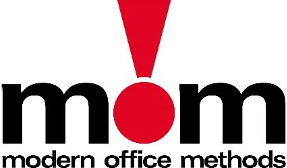80% of businesses expect to use cloud-based print management, as the overall balance of IT infrastructure shifts to the cloud
17th May 2022: The majority of organisations will operate a fully or mostly cloud-based IT environment by 2025, according to the latest Cloud Print Services 2022 Report from global market insight and research company Quocirca, published today. 
Businesses are seeking resilience, cost savings, and the flexibility to support a hybrid workforce without compromising security. As a result, one in five say they will fully transition their IT environment to the cloud by 2025; while 41% will mostly transition. This compares to the situation today, where 6% are fully in the cloud and 21% are mostly in the cloud, meaning the overall balance between cloud and on-premise infrastructure will switch in favour of the cloud within the next three years.
Adoption of cloud print management is also gathering pace. A cloud print management platform has already been implemented by 43%, a strong increase from 29% who had done so in 2021. A further 37% are planning to implement cloud print management, making it the solution of choice for eight in ten IT decision-makers overall.
The study also found that:
- Cloud services are the top investment priority in the coming year, cited by 31%.
- 45% have implemented remote print job submission to support hybrid workers.
- 87% believe the cloud to be a lot more, or somewhat more, secure than an on-premise platform.
- Cloud print deployment forms part of their sustainability strategy for 80% of respondents.
- Cloud provision is a key MPS supplier selection factor, with 38% saying it influences their choice of MPS provider.
- 40% say transitioning print services to the cloud is a key driver for MPS adoption.
Commenting on the research findings, Quocirca Research Director Louella Fernandes says: “There has been a swift acceleration in the pace of cloud adoption, and particularly where cloud print management is concerned. The combined drivers of the need to support the hybrid workplace with secure, flexible infrastructure, and to enhance sustainability strategies, have acted as a catalyst and we expect momentum to continue.”
MPS maturity does not equal cloud maturity
The study found that organisations with a fully outsourced Managed Print Service were less likely than those using a hybrid approach to have switched to a cloud-based print environment. More than half (52%) of fully outsourced MPS customers are still operating their print environment fully on-premise, compared to only 31% of those with a hybrid set-up where part of the print environment is managed in-house.
Louella adds: “There is a clear opportunity here for MPS providers to support their customers through the transition. However, the more traditional MPS providers may not have the necessary cloud expertise to act on this opportunity. Unless they invest rapidly in developing a cloud offering, they will find themselves at a disadvantage compared to competitors who are more cloud-ready.
Certainly, with 40% of respondents saying that moving to the cloud is a top benefit of MPS, those providers that cannot meet this need will suffer.”
Cloud print adoption varies between countries and sectors
The research showed levels of cloud adoption vary between geographies and sectors. The US is most mature on cloud print adoption – 56% have adopted it. In the UK 40% of respondents use cloud print management already and 28% plan to do so. Germany is the least mature, with just under one-third (32%) of respondents already using cloud print management.
Investment and education needed to pursue cloud print potential
Quocirca’s Cloud Print Services Report 2022 contains valuable recommendations for buyers and suppliers to guide a successful shift to cloud print deployment.
Buyers need to be confident that proposed solutions meet the accessibility, security, and analytics requirements of the hybrid workplace.
Suppliers, including OEM vendors and channel businesses, must ensure that they address the multi-cloud needs of businesses, as most are not yet fully cloud-native. Integration with existing security systems and the ability to support zero trust configurations is also essential. This may require partnerships with specialist cloud providers and businesses must be open to developing a strong partner ecosystem to fully support evolving customer needs.
The report contains in-depth coverage of cloud print service offerings from major print manufacturers and independent software vendors: Canon, HP Inc., Konica Minolta, Lexmark, Ricoh, Xerox, Thinprint/ezeep, Kofax, MPS Monitor, MyQ, NT-Ware, Papercut, Process Fusion, Vasion (PrinterLogic).
Access a complimentary Executive Summary here.
SOURCE Quocirca


